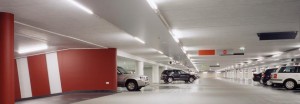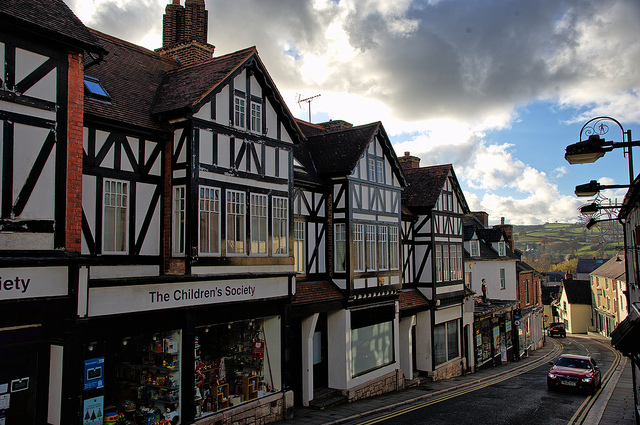TAG | led financing
28
Free money buys LED streetlights for energy savings in Wales
Comments off · Posted by admin in LED
Zeroing in: Old streetlights in towns like Ruthin could soon give way to modern LED luminaries, as Denbighshire takes advantage of a zero percent interest loan from the UK government.
energy efficient financing · led financing · led lighting · led street light · led streetlighting · Novel Energy Lighting
21
What if every single hotel in the UK went LED?
Comments off · Posted by admin in Infographics, LED, LED downlights, LED GLS, LED GU10, LED MR16 lamps, LED Spots
Lux Imagines: What would happen if all the fittings in Britain’s hotel bedrooms were replaced with LEDs? And what if we add all the corridors and toilets to the equation? Lux‘s lighting economist, Dave Tilley, has done just that in this thought-provoking calculation based on hotel industry information and 2015 projections.


energy efficient lighting · hotel led · hotel lighting · led financing · led lighting · LED retrofit · led upgrade · Novel Energy Lighting
Terry Anderson
Building manager, Northamptonshire Police
We’re starting to introduce LEDs
We’ve used LEDs when we’ve done office refurbishments. We’ve gone from individual cellular offices to open-plan offices at the force headquarters in Northampton. We’ve done this primarily to house more people. And when we’ve done this we’ve converted the old T5s and T8s to LED.
I’ve also used them outside under walkways. I’ve recently completed a project where I’ve replaced a load of SON 80s with LED spotlights on a building for general lighting around our firearms range. That’s probably the most adventurous project I’ve attempted with the police force. They’re very old school.
Initial installations have been successful
LEDs are reducing our energy consumption. Most of our buildings are old, and so the Display Energy Certificates (DEC) are very low. The energy being used against the floor area of the building doesn’t quite work out, and it drags our DECs down.
By changing as many of the old lights to LED as we can, we’re reducing our energy consumption and cutting down on maintenance. The reason we’re doing the upgrades is for long-term cost saving.
The force isn’t as tech-savvy as I’d like
I think it’s getting there, but I think we as a force have to catch up, which we are with the new buildings. I’ve done one complete station in Rushdon with LED, a small one. We also opened a new building about 18 months ago that has a full control system everywhere and energy-efficient lighting, but they’re not LED fittings.
We used PL36s which are low energy and high frequency but not as efficient as LEDs. We have controls on the lights but the controls aren’t yet hooked up to the building management system. But now, any new building we do will have lighting controls.
Safety and security comes first
The work I do is quite unique, it’s different from a normal property manager because of the environment that I work in. I did one complete station with LED. We have to think about safety, and be sure before we install anything. You can’t have lights going on and off in custody areas, and we have to find different ways of making lights that have to be on all the time more efficient.
Cost has to be taken into account
Everything is financially driven, especially with budgets being cut the way they are. It constricts us considerably, but now that trials have been successful, it’s easier to put a case forward. Providing it’s not one of these projects where it’s given to a contractor and they’re asked to design and supply, we’ll have it done the way we want it – if we’ve got any input – and that means getting the best value for the public’s money.
I’m governed a lot by cost. I’m spending your money, I’m spending my money, I’m spending everybody’s money, so I’ve got to get the best value for the pound, and that’s what I’m looking for all the time. Value and reliability are important. If one lamp was £2 and one was £2.50 and I knew the more expensive one was better, I’d invest in that one.
Controls didn’t work well for us at first
We introduced controls a few years ago, primarily in corridors. Our old property manager was a bit old school. I wanted to put them in general public areas like corridors and toilets, but he wouldn’t let me put them in toilets. The main problem we had with those controls was that the old style lighting didn’t react fast enough if there was an emergency, if there’s a policeman running through the corridor because an alarm has sounded in the cells.
Lighting for the police has some unique requirements
The lighting inside the firing arms range is controlled by the building management system and is used to create different scenarios. You can make the lights flash on and off, and all sorts of strange things happen with the lighting to simulate different training environments. The day will come when we turn ordinary fluorescents to LED, but for the moment, we’re leaving that side of the business alone.
THE DETAILS
Terry Anderson manages energy across Northamptonshire Police, which employs 1,200 police officers and more than 1,000 other staff. The police authority has set a target of reducing the consumption of gas and electricity by five per cent year on year, and
Anderson works with new lighting technology to achieve this goal. With a large operational fleet of 414 vehicles, and a multitude of buildings, the authority has a large carbon footprint to cut down.
A policy of increasing the use of diesel has helped to cut down on carbon emissions, and now the authority is looking to achieve similar reductions in its buildings, including its headquarters (pictured).
energy efficient lighting · energy saving · led bulbs · led financing · led GU10 · led lighting · LED retrofit · led tubes · Novel Energy Lighting · police station lighting
22
Energy Efficiency Financing for LED Upgrade Projects
Comments off · Posted by admin in LED, Uncategorized
 The Carbon Trust offers support and advice for companies that want to implement energy-efficiency schemes. It also runs an accredited supplier scheme. Alongside this it can offer – thanks to a partnership with Siemens Financial Services – structured finance packages which are designed so that savings exceed repayments, following an independent assessment of the energy-saving potential.
The Carbon Trust offers support and advice for companies that want to implement energy-efficiency schemes. It also runs an accredited supplier scheme. Alongside this it can offer – thanks to a partnership with Siemens Financial Services – structured finance packages which are designed so that savings exceed repayments, following an independent assessment of the energy-saving potential.
carbon trust · energy efficiency · energy saving · financing · LED · led financing · led GU10 · led lighting · led panels · led tubes · Novel Energy Lighting



